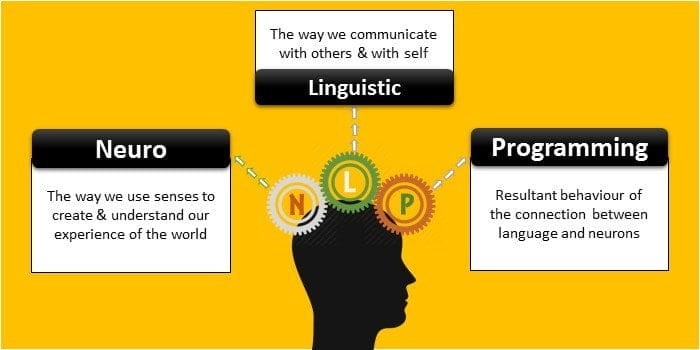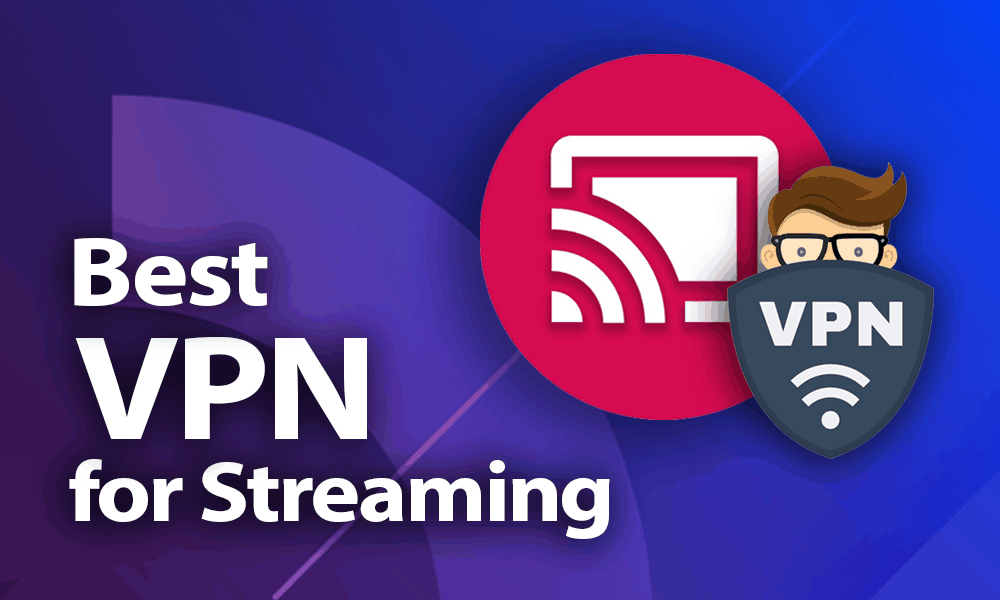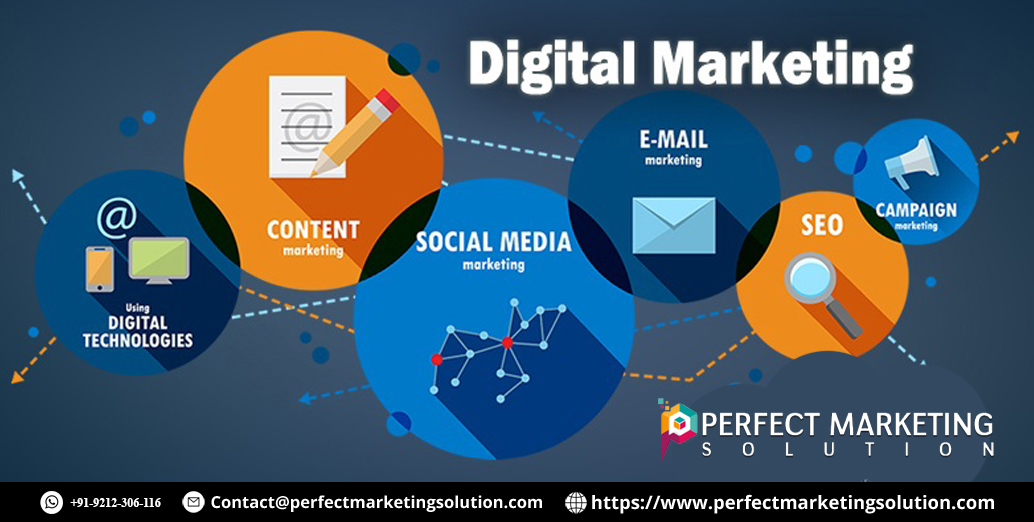How Can I Use Neuro-Linguistic Programming (NLP) to Better Understand and Communicate with Potential High-Ticket Clients?
Neuro-Linguistic Programming (NLP) offers a powerful toolkit for enhancing communication and understanding with potential high-ticket clients. By applying NLP techniques, you can gain insights into clients' thought processes, preferences, and decision-making patterns. This approach allows you to tailor your communication style to match their preferences, build rapport more effectively, and address their needs with precision. Through techniques such as mirroring, anchoring, and meta-program analysis, you can create a more personalized and impactful engagement strategy. Discover how NLP can transform your interactions and drive success in securing high-value clients.

In the realm of sales and marketing, understanding your audience is crucial for building strong relationships, especially when targeting high-ticket clients. Neuro-Linguistic Programming (NLP) offers valuable insights and techniques that can enhance communication and foster connections. This article delves into how you can utilize NLP to better understand and engage potential high-ticket clients, ultimately leading to more successful interactions and conversions.
Understanding Neuro-Linguistic Programming (NLP)
Neuro-Linguistic Programming is a psychological approach that focuses on the relationship between language, behavior, and the neurological processes behind them. Developed in the seventies, NLP explores how individuals perceive the world, communicate, and learn. It is based on the premise that by understanding the thought processes and language patterns of others, we can improve our communication skills and influence their decision-making.
The Relevance of NLP in Sales and Marketing
In sales, especially when dealing with high-ticket clients, the ability to establish rapport and understand client motivations is paramount. NLP provides tools and techniques that enable sales professionals to enhance their interpersonal skills, making it easier to connect with potential clients on a deeper level. By applying NLP principles, you can tailor your communication style to resonate with your audience, thereby increasing the chances of successful interactions.
Key NLP Techniques for Understanding Clients
To effectively use NLP in your communications with high-ticket clients, several key techniques can be beneficial. Understanding these techniques will help you create a more tailored and impactful approach.
Building Rapport
Rapport is the foundation of any successful communication. Establishing a strong connection with potential clients can significantly influence their willingness to engage with you. NLP emphasizes mirroring and matching body language, tone of voice, and language patterns to build rapport. By subtly reflecting your client's behaviors, you create a sense of familiarity and trust, making them more receptive to your message.
Understanding Representational Systems
People have different ways of processing information, often categorized into representational systems: visual, auditory, and kinesthetic. Understanding which system a client primarily uses can enhance your communication. Visual clients respond well to imagery and diagrams, while auditory clients may prefer verbal explanations. Kinesthetic clients often appreciate hands-on experiences. By adapting your language and presentation style to align with their representational system, you can engage them more effectively.
Utilizing Language Patterns
NLP emphasizes the significance of language in shaping perceptions. Specific language patterns can influence how clients interpret your message. For instance, using open-ended questions encourages clients to share more about their needs and motivations. Employing persuasive language that aligns with their values can also enhance your communication. By carefully selecting your words and phrases, you can guide conversations in a direction that resonates with high-ticket clients.
Anchoring Techniques
Anchoring is an NLP technique that involves creating a mental association between a specific stimulus and an emotional response. For instance, if a client expresses excitement about a particular aspect of your offering, you can use a specific gesture or phrase during the conversation. Later, when you reintroduce that gesture or phrase, it can evoke the same positive emotional response. This technique can be powerful in reinforcing positive feelings about your product or service.
Applying NLP in the Sales Process
Now that we have explored some fundamental NLP techniques, let’s examine how to apply these concepts throughout the sales process to better understand and communicate with high-ticket clients.
Identifying Client Pain Points
A critical aspect of selling to high-ticket clients is understanding their pain points. Use NLP techniques to encourage open dialogue and elicit information about their challenges. Active listening is vital here. By fully engaging with what the client is saying and responding empathetically, you create an environment where they feel comfortable sharing their concerns. This understanding allows you to position your offerings as effective solutions to their problems.
Crafting Tailored Proposals
Once you have identified a client's pain points and motivations, utilize that information to craft tailored proposals. Incorporate the specific language patterns and values expressed by the client during your conversations. By demonstrating that you truly understand their needs and desires, you increase the likelihood of a positive response to your proposal. Use persuasive language that aligns with their goals, emphasizing how your offering can help them achieve those objectives.
Using Storytelling to Connect Emotionally
Storytelling is a powerful tool in sales, and NLP can enhance your storytelling techniques. When presenting your offerings, share success stories or case studies that resonate with your client's experiences. Use vivid language and imagery to paint a picture of how your product or service has positively impacted others. This approach appeals to the emotional side of decision-making, making it easier for high-ticket clients to relate to your message.
Handling Objections with Confidence
High-ticket clients often have specific concerns or objections. NLP provides techniques for reframing objections into opportunities. Instead of viewing objections as barriers, see them as valuable feedback. Use active listening to understand the underlying concerns and respond with reassurance. By addressing objections confidently and empathetically, you demonstrate your expertise and commitment to finding solutions for the client.
Closing the Deal
Closing is a crucial phase in the sales process. Utilize NLP techniques to create a sense of urgency and excitement around your offering. Highlight the benefits and value the client will gain from making a decision. Use language that evokes positive emotions, reinforcing the idea that choosing your product or service is a step toward achieving their goals. Remember to read the client's body language for cues on their readiness to close, adjusting your approach accordingly.
Continual Improvement Through Feedback
After closing a deal, seek feedback from your high-ticket clients to refine your approach. Use NLP techniques to encourage honest and constructive feedback. By understanding their experiences and perceptions, you can identify areas for improvement in your communication and sales processes. This commitment to continual improvement fosters stronger relationships and increases the chances of repeat business and referrals.
The Ethical Use of NLP
While NLP can be a powerful tool for enhancing communication and understanding, it is essential to use it ethically. Always prioritize the client's best interests and maintain transparency in your interactions. The goal of utilizing NLP is to create meaningful connections and provide genuine value to clients, not to manipulate or deceive.
Neuro-Linguistic Programming offers valuable insights and techniques for understanding and communicating with potential high-ticket clients. By implementing strategies such as building rapport, understanding representational systems, and utilizing language patterns, you can enhance your communication skills and foster meaningful connections. Applying NLP throughout the sales process, from identifying pain points to closing deals, enables you to tailor your approach to meet the unique needs of high-ticket clients. Remember to prioritize ethical practices while continuously refining your techniques to ensure long-term success.
FAQs About Using Neuro-Linguistic Programming (NLP) with High-Ticket Clients
What is Neuro-Linguistic Programming (NLP)?
NLP is a psychological approach that explores the relationship between language, behavior, and neurological processes. It provides techniques for improving communication and understanding individuals better.
How does NLP benefit sales professionals?
NLP helps sales professionals establish rapport, understand client motivations, and communicate effectively, ultimately leading to stronger relationships and increased conversions.
What are representational systems in NLP?
Representational systems refer to the different ways people process information, including visual, auditory, and kinesthetic. Understanding these systems can help tailor communication styles to better resonate with clients.
How can I build rapport with high-ticket clients using NLP?
Building rapport involves mirroring and matching body language, tone of voice, and language patterns to create a sense of familiarity and trust with potential clients.
What role does language play in NLP?
Language is a critical component of NLP, as specific language patterns can influence perceptions and decision-making. Choosing words carefully can enhance communication and persuade clients.
What is anchoring in NLP?
Anchoring is a technique that creates a mental association between a specific stimulus and an emotional response. It can be used to evoke positive feelings during sales interactions.
How can I handle objections using NLP techniques?
Use active listening to understand objections, reframe them into opportunities, and respond empathetically. This approach builds trust and demonstrates a commitment to finding solutions.
Why is storytelling important in sales?
Storytelling engages clients emotionally and helps them relate to your message. Using success stories can illustrate the value of your offerings and make them more compelling.
What should I consider when closing a deal with high-ticket clients?
Highlight the benefits and value of your offering, create a sense of urgency, and use positive language to reinforce the client's decision to choose your product or service.
How can I ethically use NLP in my sales approach?
Always prioritize the client's best interests, maintain transparency, and focus on building genuine connections rather than manipulating or deceiving them.
Get in Touch
Website – https://www.webinfomatrix.com
Mobile - +91 9212306116
Whatsapp – https://call.whatsapp.com/voice/9rqVJyqSNMhpdFkKPZGYKj
Skype – shalabh.mishra
Telegram – shalabhmishra
Email - info@webinfomatrix.com
What's Your Reaction?























